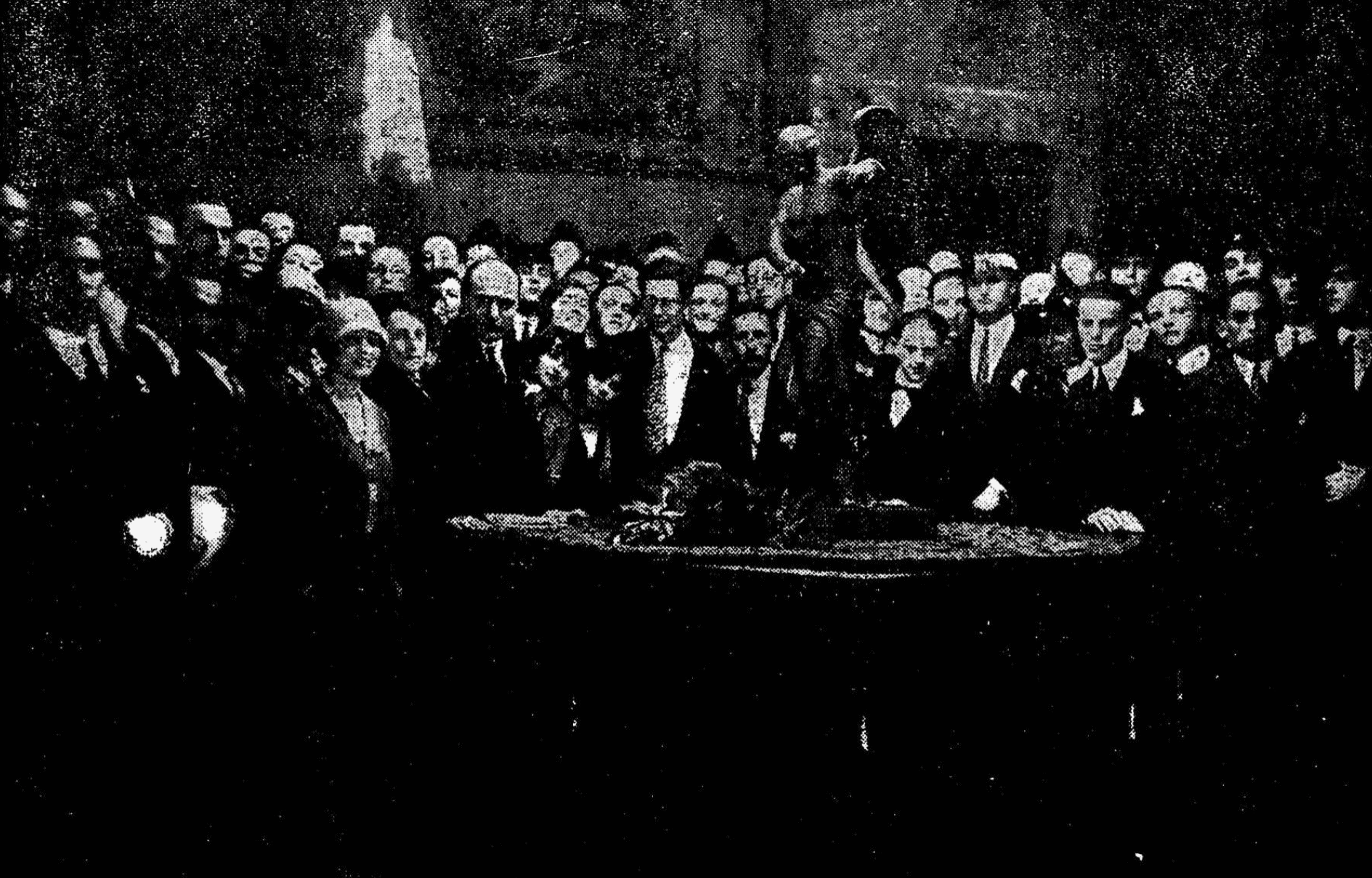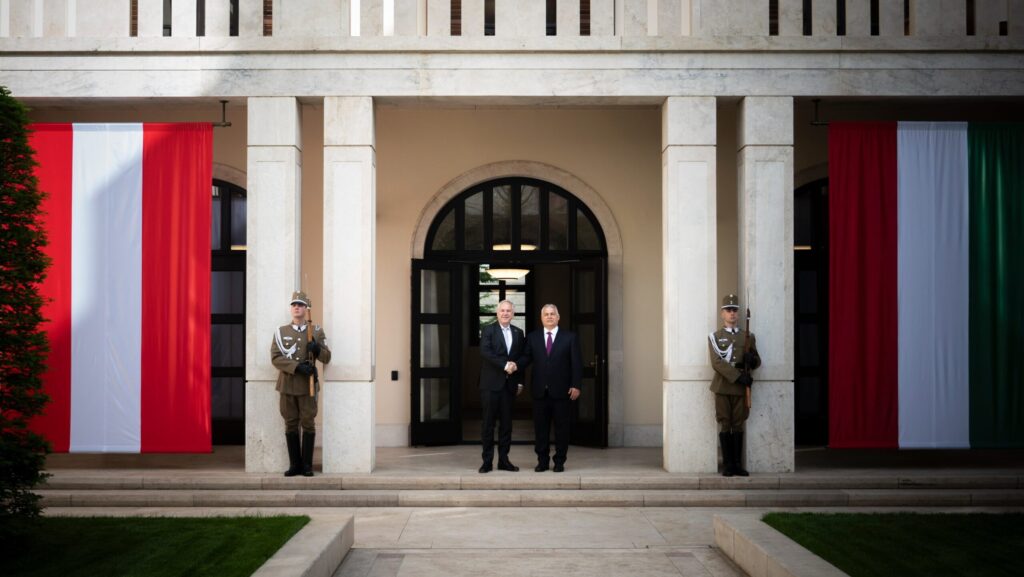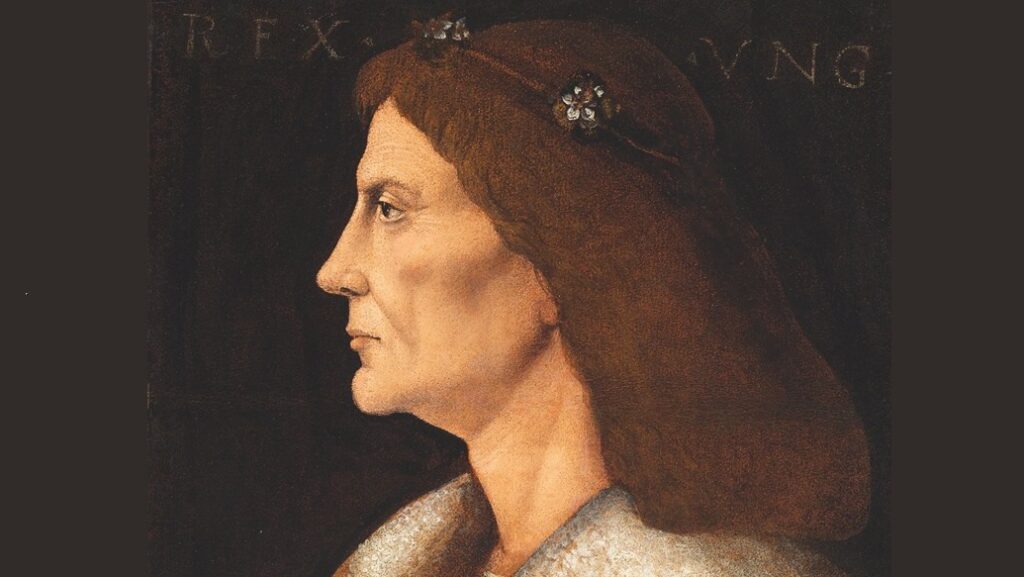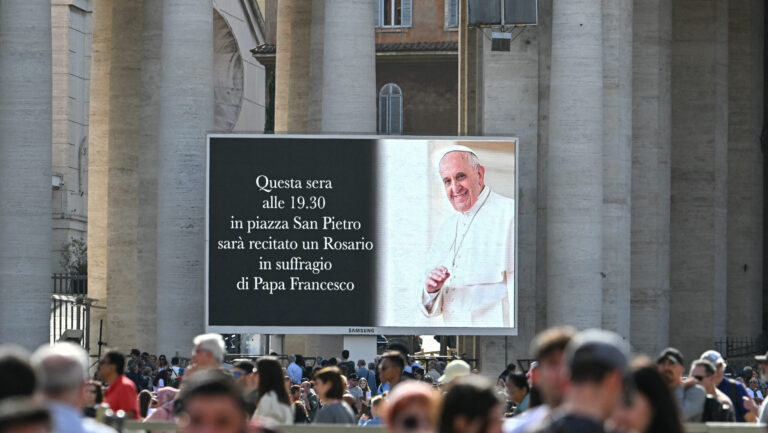In the wake of the victory of the Italian right in the recent elections, much has been written in the international press about the return of ’fascism’. Coincidentally, on 31 October 1922, exactly one hundred years ago, the Marcia su Roma (‘March on Rome’) took place, which posterity considers the beginning of, or perhaps the defining event, of Benito Mussolini’s seizure of power.
In retrospect, ’fascism’ functions as a kind of collective term even in today’s historiography for the far-right, even though the various nationalist, statist, and far-right trends of the time were by no means uniform, and it is worth distinguishing between the different trends both ideologically and in terms of their structure and activities. As the historian Mária Ormos pointed out, Mussolini began his political career in the Italian Socialist party.[i] This is not surprising, since his father, Alessandro Mussolini, was a blacksmith with socialist convictions. In 1909, his son accepted the position of secretary of the local Chamber of Labour in Trento (today Italy, then part of the Austro-Hungarian Monarchy), and later he edited the papers The Future of the Worker and The Class Struggle.
The young Mussolini considered himself a well-read politician: he was well acquainted with the works of Marx and Engels. His break with the Italian Socialists was not brought about by his revolutionary views—he viewed imperial Germany and the Austro-Hungarian Monarchy, and especially the Ottoman Empire, as reactionary force—but by his pro-war stance. Mussolini believed that the Italians should break away from the Italian-majority parts of the Monarchy, and this position caused displeasure in Italian Socialist circles. A contemporary police report, however, still referred to him as a ’revolutionary socialist,’ according to historian Charles Delzel.[ii] It is perhaps no coincidence that Mussolini’s early followers included former social democrats, communists and anarchists, and the early programme of fascism included workers’ control of the factories and radical land distribution.
The central social principle of fascism was the creation of a ’cooperative society’
In 1921, the movement chose as its symbol the old Roman fasces, an axe head projecting from a bundle of rods tied together, which was carried by the lictors, as a sign of physical punishment against those who did not show respect to the magistrate. Mussolini chose the fasces as a symbol of social harmony. The central social principle of fascism was the creation of a ’cooperative society’, the essence of which was to overcome the class struggles of the time. According to this principle, the interests of the worker and the capitalist are not opposite, but common, and wage struggles must be settled by negotiation in the service of the country. Over time, the party became strongly anti-left, and Mussolini entered into an alliance with the bourgeois parties in 1921, winning enough seats in the 1921 elections to be able to force the government to adopt his programme. Meanwhile, Mussolini’s militias unleashed a wave of violence on the streets of Italy against members of the political left, while he himself turned against the ’ungrateful’ victorious Entente powers and planned to build positive relations with the Vatican.
However, this was not nearly enough for a complete takeover. The decisive moment came when the Socialists were included in the sitting coalition government. On 27 October 1922, a well-organised operation began, simultaneously in the country’s various regions. Fascist activists disarmed the regular army, and after the capture of the larger rural cities, Rome followed. The government resigned, and the king, Victor Emmanuel III was hesitant and indecisive, which created an opportunity for the establishment of a government led by Mussolini. The ruler welcomed the future dictator, and instead of bloodshed, Rome was captured in a ceremonial procession. Posterity interpreted this as a ’coup’, and although the violent nature was of course present, the resignation of the previous government and the appointment of the new government by the king were legal on paper.
Nevertheless, as we noted above, fascism’s later alliance with Germany and the crimes of World War II obfuscate the real nature of Italian fascism. Here, of course, it is not our intention to exculpate the Italian system or question its totalitarian nature. The ruthless suppression of political opponents, including the imprisonment of intellectuals like Antonio Gramsci, or the Italian aggression against Ethiopia are undoubtedly condemnable.
His position was influenced by contemporary politics, and antisemitism did not bring votes in the Italian bourgeois milieu
On the other hand, the charge of antisemitism, for example, seems to be weak against early Italian fascism. Mussolini, a former Socialist, interacted with many secular Jews in left-wing circles, but after his turnabout he began to advocate antisemitic views: he even told his early followers that Bolshevism was ’a synagogue -conspiracy.’[iii] However, his position was influenced by contemporary politics, and antisemitism did not bring votes in the Italian bourgeois milieu. There were many Italian Jews among the first members of the Fascist Party, and later among its martyrs who were revered as real saints, just as several Italian Israelites served as Mussolini’s ministers at various points in time.
Fascist Italy’s first decade was largely free of Jew-hatred, much to the chagrin of contemporary Nazi German critics and, subsequently, socialist historiography. Italy at the time also accepted Jewish students who left Hungary due to the numerus clausus legislation, so the Jewish newspaper Egyenlőség published, for example, a lengthy article in its issue of 9 June 1928 entitled ‘The dictator and the exiled students’, which also included a photo: in the picture he, Mussolini posed with Hungarian-Jewish students who studied in Italy (- seen in the cover picture). Fábián Herskovits, later chief rabbi of Budapest, but also Avraham Yair Stern, who became a right-wing Israeli national hero, emerged from the Italian universities of the time—and from the Italian Fascist youth movement. In 1934, the Betar Zionist movement even founded a naval academy in Civitavecchia, with the knowledge and support of Mussolini: many of the great figures of the Israeli navy were trained by Italian Fascist military officers, and there were also Hungarian-Jewish students enrolled in the school. All this serves to show that history is multifaceted and complex, and it cannot be fully understood through the overconfident judgment of posterity.
[i] Mária Ormos, Mussolini, Budapest, Kossuth Kiadó, 2019.
[ii] Charles F. Delzel (ed.), Mediterranean Fascism 1919–1945, London, Harper Rowe, 1970, 3.
[iii] Meir Michaelis, Mussolini and the Jews, London, 1978, 12.








